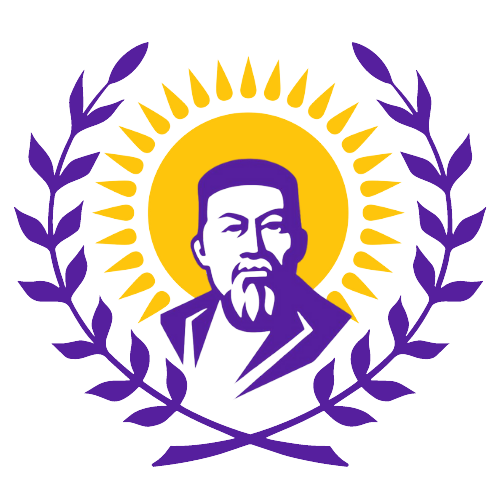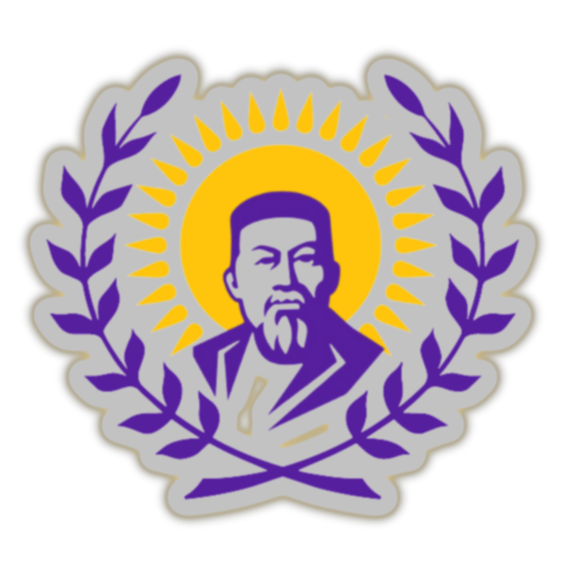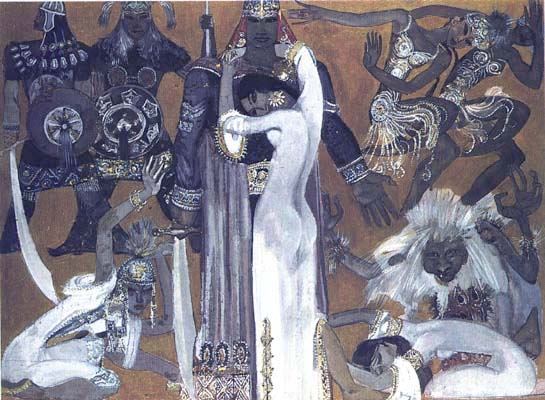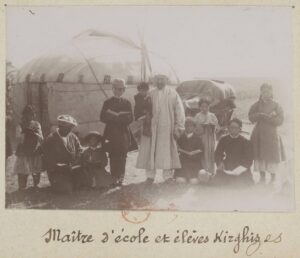Evgeny Matveevich Sidorkin (1930-1982) is a Soviet graphic illustrator and artist who was recognized by several prestigious awards for his art. He mainly worked in Kazakhstan and created powerful images of Kazakh folklore and people through a variety of techniques, most notably lithography, engraving, and linocuts.
Born on May 7, 1930 in the village of Lebyazhye, in Russia’s Kirov Region, he gained a particular affection for Kazakh culture from his wife and creative partner, Gulfairus Ismailova, a famous Kazakh artist who worked on theatrical stage production.
As he once said, “I, a Russian artist who has been living and working in Kazakhstan for twenty years, in a country without which, I cannot imagine my life. But what can I do if this world lives in me? This material culture influenced me so much – the epics, literature, types, customs, and the beauty of people, mountains, and steppes“.
Sidorkin passed away in Almaty at the age of 52 on September 3, 1982, but he left a wonderful legacy of Kazakh graphics that have become a hallmark of the Kazakh Soviet art.

For his book graphics, which included several famous illustrations for Kazakh folk tales Funny Tricksters (Veselye obmanshiki) (1958) and Kazakh Epos (1959), he received a bronze medal at the international exhibition of books in Leipzig, 1959. In 1963, Sidorkin created a large series of easel autolithographs entitled Kazakh National Games and then in 1964 created another series entitled Reading Saken Seifullin (which received a gold medal in Leipzig in 1965), and finally, from 1971-1979 he created a series of autolithographs called Aksakaly and provided illustrations for the novel of Mukhtar Auezov, Abay’s Way (this was awarded a State Prize of the Kazakh SSR named after Chokan Valikhanov, 1979). Sidorkin also worked in the field of monumental and decorative art, as he worked on multi-layer colored sgraffito for the lobby of the Tselinniy movie theater in Almaty. Sidorkin’s works are exhibited at the Tretyakov Gallery, the Pushkin Museum of Fine Arts, the Museum of Oriental Art (Moscow), the Russian Museum (St. Petersburg), and in the national galleries of several capital cities including Warsaw, Havana, Leipzig, Baghdad, and Skopje.
In this overview of his works, we selected some of the most recognizable images of his amazing art.
Evgeny Sidorkin and Gulfairus Ismailova met while studying at Leningrad’s Institute of Painting, Sculpture, and Architecture (subsequently named after Ilya Repin in 1944). Gulfairus, a painter herself, worked as the main artist on the set of the Kazakh Opera and Ballet Theater. She created sketches for the scenery and designed costumes for famous Kazakh operas, such as Er Targyn by E. Brusilovsky (1967) and Zhumbak Kyz by S. Mukhamedzhanov (1972).


Sidorkin started his career as an illustrator in his early 20s when he was a student of Kazan art school. In the early 1950s, he created illustrations for Tatar, Russian, and Lithuanian classical literature, which were published by the Tatizdat publishing house. His graduate work for the art institute in Leningrad—illustrations for the book Fables by S. Mikhalkov—was published by Litizdat publishing.


Despite having greater career opportunities in Leningrad, Sidorkin decided to move to Alma-Ata with his young wife Gulfairus, who had secured a role as an actress in the Kazakh film Botagoz which was shot in the beautiful setting of lake Borovoe (Central Kazakhstan). Inspired by the nature and Kazakh culture that surrounded him, Sidorkin accomplishes his first famous work – illustrations to the collection of Kazakh tales Funny tricksters (Veselye obmanshiki) in 1958.
In this series, he was able to portray the liveliness of Kazakh folklore characters: witty and colorful but poor as they intellectually challenge fat and wealthy bays. This series was exhibited in the US, Japan, France, England, Brazil, Cuba and other countries.
The next book series illustrated by Sidorkin was devoted to Kazakh traditional games. He drew them on a plate using a lithographic technique. Here he depicts a national competitive game called ‘kokpar,’ in which fast-moving horse-mounted players attempt to place a goat or calf carcass in a goal.
Sidorkin’s incredibly detailed sketch reveals slim silhouettes merged with their horses in one speedy movement.

In 1960, Sidorkin created illustrations for a grand piece of Kazakh literature, a novel by Mukhtar Auezov entitled Abay’s Way. A writer himself—and by now a maestro of Kazakh literature—Auezov asked Sidorkin to illustrate the book after he saw the impressive Kazakh autolithography of the Russia-born artist. As Sidorkin’s son Vadim recalls, Auzeov even wrote small notes to various costume designers and historians to help Sidorkin fully understand the times of Abay, their clothing, and their images.
Abay’s Way, illustrations




The notes from Auezov read: “Dear Raikhan! I ask you to give instructions to the comrades from the costume unit to help the artist Sidorkin Yevgeny Matveyevich get to know better, closer the costumes of the times of Abay, the clothes of his family and his relatives, etc. It would be nice to put someone in these costumes so that the artist can have a better idea of [the time]. I also ask you to show him all the materials on the 1959 play Abai. Greetings, M. Auezov.”
“Dear Comrade Por[t]nov! The artist Sidorkin illustrates one of our serious publications, he urgently needs to get acquainted with Enlik Kebek. I ask you to give an order to the costume unit to provide the necessary materials for further work. Greetings: Mukhar Auezov, 1959, 10.09.”

Sidorkin illustrated this book twice. In 1960, he created linocuts, and then ten years later he drew a new series of autolithographs for World Literature Library, Moscow edition. For this series (as well as for the Aksakaly series of engravings), Sidorkin was awarded the State Prize of the Kazakh SSR.

The engraved series Reading Saken Seifullin consists of the following works: Year 1918, Beauty, Saken Seifullin, Lullaby, Shepherds (Three Generations), and Sorrow.
Here Sidorkin conveyed the revolutionary romantic mood of the civic poetry of Saken Seifullin, a poet and pioneer of modern Kazakh literature who was executed in the Stalin era.
Every sheet expresses sorrow and sadness, joy and tenderness. Each of these sheets is a self-contained work. This series received a gold medal at the International Exhibition of Art in Leipzig in 1965.



Gradually, the master introduced a stone texture into his graphic, moving from clear plates where he practiced his “petroglyph” style to the graphic that, in his lithographic prints, reminded the ancient steppe stone monuments Balbals. He liked this technique immediately and brought it to perfection in his honed plastic images.
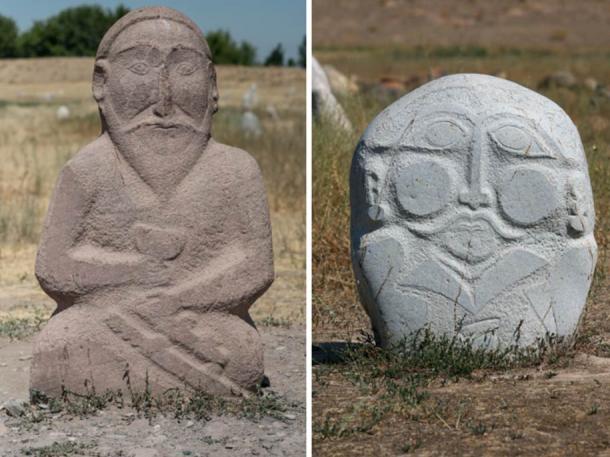
We see this technique in Sidorkin’s illustration of Kyrgyz fairy tales that were made in the technique of lithography. Each composition consists of rhythmically organized vertical and horizontal figures with ornamental inserts separating them.
Kyrgyz fairy tales, litography



A series of illustrations From the Gloom of Centuries to the folk epic Kyz-Zhibek from 1971-1980 were awarded by the special diploma of the All-Union competition of books and book illustrations in 1980.



This is what the artist said about using his “stone” technique: “In order to connect the pearls of folklore with the figurative expression of the theme as closely as possible, I turned to ancient Kazakh art. To that art, which is still hidden, we discover it during archaeological excavations. This art literally goes back centuries, when the language was born, the nation, and the culture of the people was born. Therefore, in my illustrations, the characters are of a sculptural nature. They are as if cast from bronze, from the gold that we extract from our studies.”
Outside of Kazakh art, Sidorkin worked to illustrate satire, a genre that he particularly liked and understood. Sidorkin had sought to illustrate The History of a Town by M. E. Saltykov-Shchedrin, this famous Russian satire since his youth. For this work, he created about fifty sheets. The party leadership saw some seditious thoughts in it and considered the images to be too modern, which still remains relevant to this day.
This book was removed from print and banned from sale in the USSR.

Series on the theme Pantagruel and Gargantua by Fracois Rabelais, 1976.

In the sixties, Evgeny Sidorkin created a number of monumental decorative works together with the architect Vladimir Katsev. This is a relief carving for the main gable of the Kazakh Drama Theater named after Auezov (now the Youth Theater), and several sgraffito works for the Sports Palrecently reopened graffiti walled up in plasterboard at the Tselinniy cinema.ace and the recently discovered sgraffito walled up in plasterboard at the Tselinniy cinema.

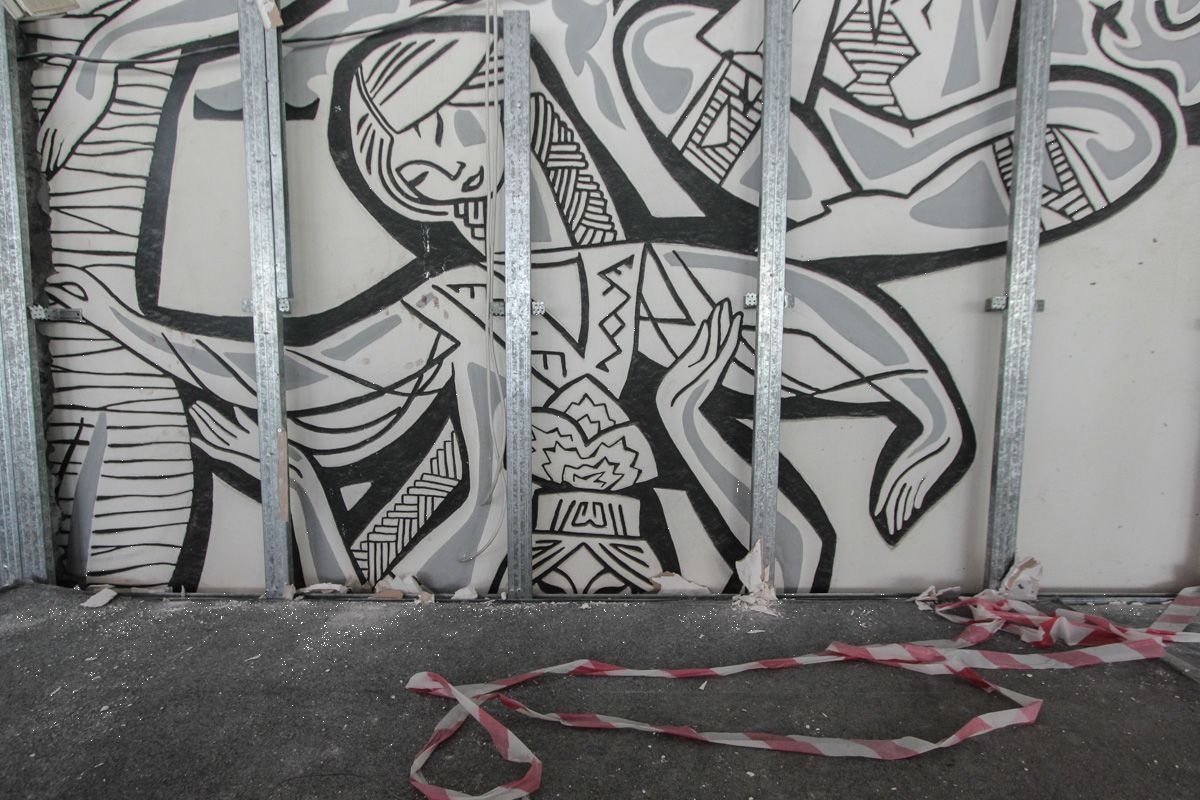


Together with Gulfairus, Sidorkin also worked on the famous and iconic ballet Fresco (1982) for the Kazakhstani choreography, based on Clay Book by Olzhas Sulemenov. The music was written by Timur Mynbayev. The ballet triumphantly toured in Moscow and Leningrad. Ismailova was the main production designer, and it was Sidorkin’s first attempt as a stage designer.
In addition to creative activity, Evgeny Matveevich led a public work in the Union of Artists of Kazakhstan and the USSR. He was a member of the selection committee for monumental objects. He traveled a lot both domestically and abroad, bringing from here huge albums of travel sketches, portraits, and drawings. His legacy is also in a large number of his students, followers, and imitators.
